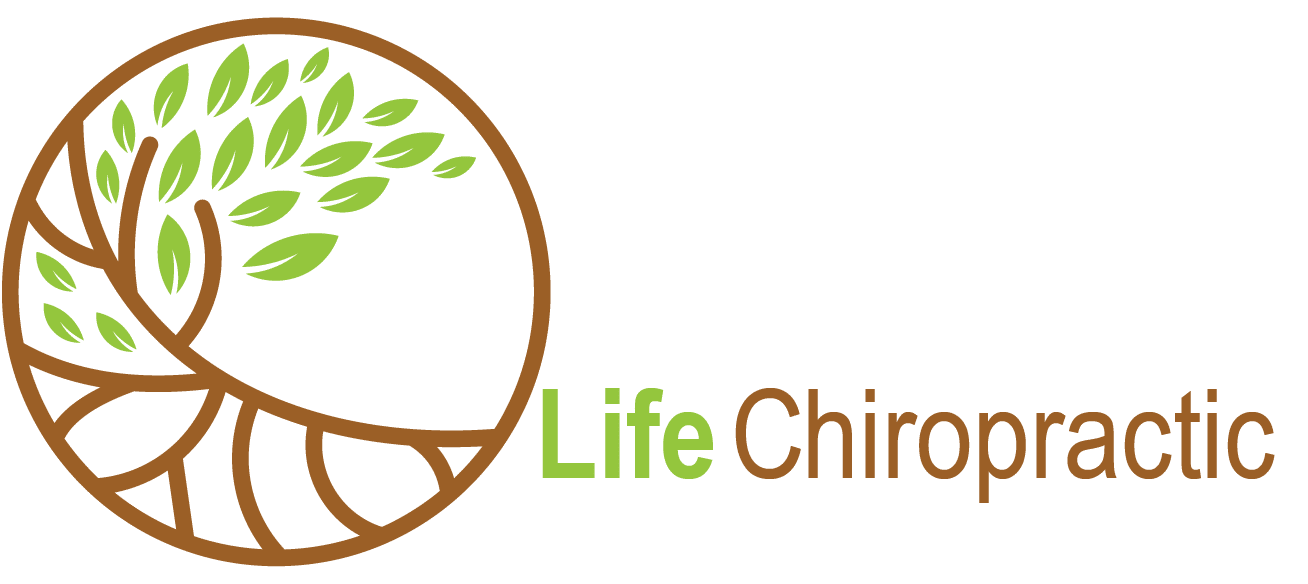Neck pain is on the rise. More and more adolescents are experiencing neck pain and headaches in addition to adults. Why? You only have to look at the posture people adopt when looking at their phones, tablets, and laptops.
Another reason is the ever-increasing level of stress in our lives. The American Institute of Stress notes that stress levels are rising rapidly. The vast majority of this stress is completely out of your control and it is increasing.
Make Sure to Bookmark these Resources
Here’s a post I made What Causes Headaches and What to Do
Why is the Neck so Often Involved?
The neck is a delicate structure. The bones of the neck are much smaller than those in the mid and lower back. The muscles are also much smaller and weaker than in the rest of the spine. In addition to all that the neck must balance an 11 lb. weight called the head.
More than 30% of US Adults suffer with neck pain. Why? Trauma like even low speed motor vehicle collisions, sports injuries and falls, send the neck whipping around and injuring delicate joints, muscles and nerves. In addition we have the common texting and laptop posture.
All of this causes significant stress, tension and imbalance to the delicate neck. Over time this drives muscle spasm, nerve irritation, and pressure on the spinal cord and brainstem.
Let’s Explore What Causes Neck Pain and Headaches
So, we’ve discussed why the neck is so commonly involved but that doesn’t explain why it is such a common source of neck pain and headaches. Let’s dive into the more common sources of neck pain and headaches before we explore the 10 tests you can do to discover the source of your neck pain.
Common sources of neck pain:
- Pressure on the nerves inside the delicate spinal joints. All joints have nerves inside them. When the joints of the neck are compressed or stuck and not moving it causes irritation to these nerves.
- Tension and Spasm of the muscles of the neck and shoulders. The small muscles of the neck must balance the 11 pound weight of the head. A small movement of the head forward an inch makes those muscles work like they are balancing 22 pounds.
- Suboccipital Nerve Irritation. In the very top of the neck are 3 pairs of nerves that travel into the head. If these nerves get pinched by the top 3 bones it can cause neck pain and headaches. This is the cause of the classic Cervicogenic Headache.
- Brainstem Pressure. At the very top of the neck where the brain sends the spinal cord down the spine is the brainstem. This is the control center of the Autonomic Nervous System (ANS). Imbalance here causes an overactivation of the Sympathetic Nervous System (SNS) that drives increased muscle tension, spasm, and inflammation.
- Spinal Subluxations. When the spinal bones get stuck out of position or lose mobility we call it a Subluxation. This puts pressure on the nerves that exit the spine and causes altered function wherever the nerve goes. In the neck this causes neck pain, headaches, sinus problems, imbalance, and even vertigo.
10 Test to Uncover the Cause of Your Neck Pain
Let’s go through 10 simple tests that will help you identify any problems in your neck causing both your neck pain and headaches.
1 & 2. Stand with your back against the wall and turn your head without forcing it to the right and the left. Are you able to see the wall behind your shoulder? Are you experiencing any tension, discomfort or pain in your neck or shoulders? Step away from the wall for the rest of the tests. Any limitation of motion or tension or discomfort is a positive test.
3. Look up at the ceiling without leaning back. Are you able to easily see the ceiling right above your head? If you can’t, that indicates a loss of proper motion and is a positive test.
4 & 5. With your head looking up at the ceiling turn to the right. Do you experience any tension, discomfort or pain? Now turn to the left. Do you experience any tension, discomfort or pain? Any discomfort or tension indicates a problem in the upper neck.
6. Bend your head and look down at the floor. Do you experience any tension, pain, or discomfort? Any limitation of motion, tightness, or discomfort is a positive test.
7 & 8. With your head forward looking at the floor, turn your head to the right? Do the same looking to the left? Any discomfort or tension indicates a problem in the lower neck.
9. Stand looking straight ahead and lower your shoulders. Were you able to do that? If you were, that’s a sign you are carrying excess tension in your neck and shoulders.
10. Take your thumbs or index fingers and push up from the back of your neck into the base of your skull. Start near the ears on each side and work your way to the middle. Now use the same fingers to push forward in the upper neck toward your face. Do any of these areas feel tender or sore? If so, that’s an indication of imbalance in the upper cervical spine.
The neck is a delicate and sensitive area that houses the greatest density of nerves in the body. It is home to the brainstem, the suboccipital nerves, and the nerves that go into the arms. It also has the job of balancing the head. Any imbalance, loss of motion, or tension causing excess wear and tear to the spinal joints and puts pressure on the nerves.
Make sure to subscribe to my social media channels where I regularly post tips, insights and practices to help you.
Facebook: Life Chiropractic Facebook
YouTube: Life Chiropractic YouTube
Instagram: Life Chiropractic Instagram
To schedule an appointment with me use the scheduling link on my site:Life Chiropractic
